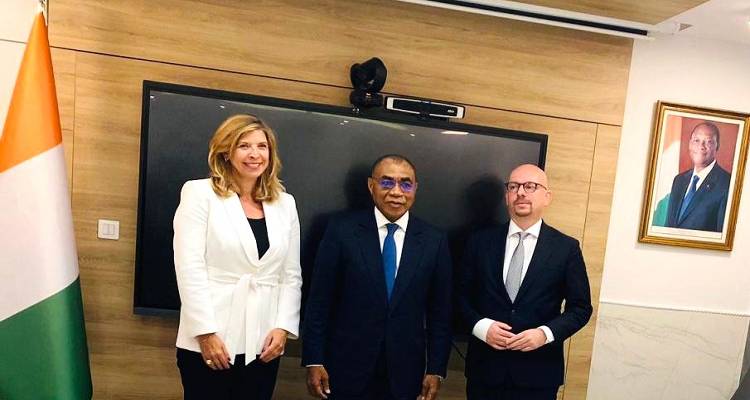TOMRA’s sensor-based sorting is helping mining companies to take new approaches to extract natural commodities in an energy-efficient and resource-conserving manner
Installing ore sorting machinery in the early stages of the process has the potential to increase productivity through greater efficiency, as Fred Earnest, president and CEO of Vista Gold Corporation, has experienced with a TOMRA XRT sorter.
Sensor-based sorting technology can also significantly increase efficiency in terms of the input resources, such as energy, water and process reagents per tonne of product. This significantly reduces the environmental footprint of the operation. Also, in an environment where competition for resources with other stakeholders such as communities and agriculture is increasingly fierce, this can become a driver to obtain the social license to operate.
TOMRA’s sensor-based ore sorting aims to contribute to circular economy practices at the mine site level through a proactive management of mining waste dumps and by extending the lifetime of their operation. This technology can recover valuable ore even from sub-economic deposits or dumps, turning marginal waste into value, adding to its significant impact on the sustainability and profitability of the mine.
P2E Consulting commissions a TOMRA X-Ray Transmission sorter in South Africa
“The TOMRA XRT sorter is used to upgrade Under Value (UV) material with a head grade of 20-28 per cent, to produce a saleable product at a minimum grade of 38 per cent Cr2O3. It does this efficiently and at a low Cost of Production (COP), with achieving grades in excess of 40 per cent Cr2O3 and mass recoveries of 25-30 per cent from scalped waste resulting in Chrome-in-tails as low as 12 per cent. There was no water usage at all and we didn’t need to spend on expensive reagents, so that we are producing small lumpy product for approximately 50 per cent of the cost compared to a DMS plant.”
Mining companies are rethinking their operating and business models to address the challenges of climate change and to meet the demands of their customers as they shift to circular economy models. TOMRA’s sensor-based sorting technologies can help them participate in the circular economy with green mining practices and take full advantage of the opportunities it creates.
Its solutions, which range from industrial mineral processes to sorting gemstones, ferrous and non-ferrous metals, other fuels and slag metal, are in operation across the world, each contributing to extending the lifetime of mining operations, increasing the value derived from deposit and productivity, and reducing the environmental footprint of mining companies and their customers.






































